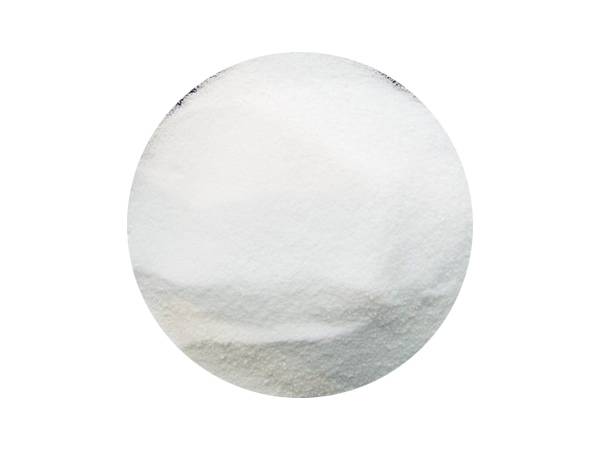



calcium ammonium nitrate fertiliser
Calcium Ammonium Nitrate Fertiliser A Comprehensive Overview
Calcium Ammonium Nitrate (CAN) is a widely used fertiliser in agriculture, known for its balanced nutrient composition and efficiency in promoting plant growth. Composed primarily of calcium, nitrogen, and ammonium, this fertiliser plays a crucial role in enhancing soil fertility and agricultural productivity. As the global demand for food continues to rise, understanding the properties, benefits, and application methods of CAN is essential for farmers and agricultural professionals.
Composition and Properties
Calcium Ammonium Nitrate is a compound fertiliser that contains around 20-27% nitrogen, primarily in the ammonium (NH₄⁺) and nitrate (NO₃⁻) forms, along with approximately 10-15% calcium. This unique formulation makes CAN an excellent source of both macro and micronutrients that plants require for healthy growth. The presence of calcium not only aids in the development of plant structures, such as cell walls, but also plays a vital role in enzyme activity and nutrient uptake.
CAN is also known for its excellent solubility in water, which enhances its usability in various applications. Its granular form makes it easy to handle and apply, whether through broadcasting, incorporation into the soil, or fertigation systems, which involve applying fertiliser through irrigation.
Benefits of Using Calcium Ammonium Nitrate
The use of Calcium Ammonium Nitrate offers numerous benefits for crops and soil health
1. Nutrient Balance CAN provides a balanced supply of nitrogen and calcium, essential for optimal plant growth. While nitrogen promotes vegetative growth and increases crop yield, calcium contributes to root and leaf development.
2. Improved Soil Structure The application of calcium helps to enhance soil structure, improving aeration and water retention. This is particularly beneficial in clay soils, where compaction can be an issue.
calcium ammonium nitrate fertiliser

3. Disease Resistance Calcium plays a significant role in strengthening plant cell walls, which can enhance the resistance of crops to various diseases and pest attacks.
4. pH Management CAN can help stabilize soil pH, making nutrients more available to plants. It reduces soil acidity, which is a common problem in many agricultural regions.
5. Compatibility with Other Nutrients CAN can be easily mixed with other fertilisers without causing chemical reactions that may limit nutrient availability. This flexibility allows farmers to create tailored fertilisation programs that meet specific crop needs.
Application Guidelines
The effective use of Calcium Ammonium Nitrate requires an understanding of application rates, timing, and methods. The recommended application rate typically ranges from 100 to 300 kg per hectare, depending on the specific crop and soil nutrient content. It is crucial to conduct soil tests prior to fertilisation to determine the appropriate amount.
CAN is best applied in the early stages of crop growth when nitrogen demand is highest. Split applications can enhance nutrient uptake and reduce the risk of nitrogen leaching into water bodies. Farmers should consider factors such as soil moisture, climatic conditions, and crop type to optimize fertiliser application.
Conclusion
Calcium Ammonium Nitrate fertiliser is an invaluable tool in modern agriculture, offering a comprehensive nutrient package essential for healthy crop development. Its ability to improve soil structure and support disease resistance makes it an attractive option for farmers seeking to enhance their yields sustainably. By understanding the properties, benefits, and correct application of CAN, agricultural professionals can make informed decisions that contribute to increased productivity and environmental stewardship. As the agricultural landscape continues to evolve, the use of effective fertilisers like Calcium Ammonium Nitrate will remain integral to meeting global food demands.
-
Why Sodium Persulfate Is Everywhere NowNewsJul.07,2025
-
Why Polyacrylamide Is in High DemandNewsJul.07,2025
-
Understanding Paint Chemicals and Their ApplicationsNewsJul.07,2025
-
Smart Use Of Mining ChemicalsNewsJul.07,2025
-
Practical Uses of Potassium MonopersulfateNewsJul.07,2025
-
Agrochemicals In Real FarmingNewsJul.07,2025
-
Sodium Chlorite Hot UsesNewsJul.01,2025










